Yesterday evening, I sat down to watch the Cruel Instruction premiere on Lifetime and held my breath as years of institutional trauma came flooding back to me.
The movie follows the story of Kayla Adams, a 16 year old girl who gets sent away to a therapeutic boarding “school” by her parents at the recommendation of her counselor. Based on the real life experiences of Courtney Konopasek (Kayla) and Ashley DeBoer (Scheff) who both attended Provo Canyon School, this cinematized version allows a peek into the abusive techniques employed by the faculty and staff, including forced medications, solitary confinement, stacking of punishments without cause, and verbal and physical abuse. Many of the survivors in our viewing group noted that the language and techniques used in the film were similar to lived experiences at their respective programs. Specifically, we noted the accuracy of the restriction of parental phone calls, letters home, and visitation, which began immediately for all of us upon entering the facilities and for some of us continued on for the duration of our entire stay. One of us noted that in his 3.5 years at an institution, he was permitted only a single visit from his family. We lamented that some of our isolation cells were not as glamorous as the relatively large one portrayed in the film, which notably included furniture, while most of us went without any furniture at all while we sat in isolation for days on end. We noted that the film included mandatory sedatives and one of us murmured “Ah… I haven’t heard the term booty juice in so long.” The portrayal of gay shaming by the faculty and staff of the treatment center was also incredibly accurate: the instant assumption that any friendship among students (of any gender or sexuality), any touch, or even eye contact was considered an advance and therefore deserving of punishment.
Absent from this particular film were the menial tasks and manual labor punishments we were asked to perform. No note of the dry tuna and egg salad restriction diets, the dehumanizing signs we had to wear around our necks, the chopping of wood, the carrying of rocks from one pile to another and then back again, the digging of holes and sometimes our own graves (literally, although I suppose that could also be used metaphorically). Even if some of our programs utilized different methods of abuse, the approach and intent were a thread of commonality for all of us. Some of our programs were on farms, some of us were in the woods, some of us were in institutions like Provo- but all of us experienced the isolation, feeling of complete and total lack of autonomy, and daily ritualized abuse.
But overall, the nuanced detail of this movie allowed a level of understanding that I had, in some ways, been unable to previously convey to my family and friends. In my experience it has been difficult to fully explain the horrors that happened behind the closed doors of this multi-billion dollar industry. The things I experienced first-hand were sometimes so disturbing that my attempts to share these atrocities have been insufficient. The way Lifetime was able to portray the emotion of those crucial moments is nothing short of an industry-altering understanding.
We watched together – survivors, allies, and our partners – negotiating the times that non-survivor presence felt intrusive and the moments their witness was validating.
After the film we cheered for our own as they shared their lived experience. We were so grateful for the special that aired directly following the film which was entitled “Beyond the Headlines: Cruel Instruction” and featured survivors sharing their experiences of abuse in this unregulated industry. We were so grateful to them for sharing their stories. One of the allies asked how accurate the film’s portal was. For the next hour we shared about our experiences that were beyond even the horrors portrayed in the film. An ally remarked, “I think the craziest shit about this movie is that people who don’t know [the industry] will think that it’s dramatic and made-up or embellished. It’s LIFETIME and the survivors are calling it understated.” One ally noted that despite having heard the story of her partner’s lived experience, it was particularly emotional to see what it was like for them, not dramatized for the screen, but based on the actual true life events of one of their own.
The film allowed insight into how the industry tried so hard to pit us against each other. Many of us only children, trying our best to follow instructions, coached to attack each other in the name of therapy, being taught to strike for the most vulnerable parts of each other emotionally and sometimes physically as we cut each other down. Invalidating us as individuals and in our relationships. Splintering us apart.
And yet, here we all were, years later. Having found each other. Watching together. Sharing together. Crying together.
Please note that this film contains graphic images and discussion of physical abuse, sexual abuse, and suicide. Take care of yourself while watching. Some of us had to take breaks, or stop viewing part-way through the film. All of us leaned on each other. We are not alone. You are not alone.
By Arianna Conroyd and Laura Wixon.
If you are a survivor of institutional abuse, reach out to us at info@breakingcodesilence.org or visit us at breakingcodesilence.org.
If you are a parent thinking of sending your child away, please reach out.


